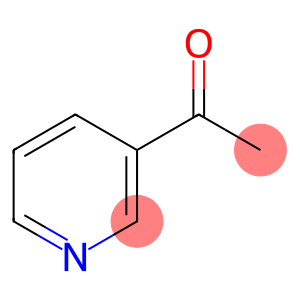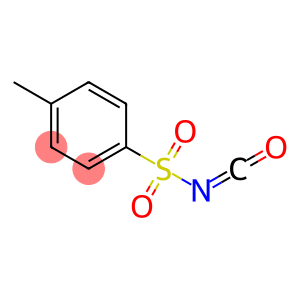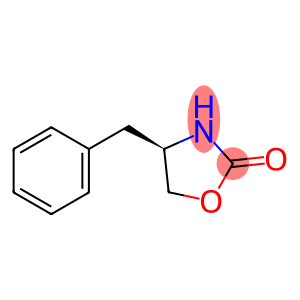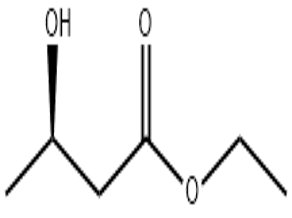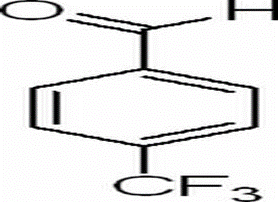3-Acetyl pyridine(CAS#350-03-8)
| Risk Codes | R25 – Toxic if swallowed R36/38 – Irritating to eyes and skin. R36/37/38 – Irritating to eyes, respiratory system and skin. R20/21/22 – Harmful by inhalation, in contact with skin and if swallowed. |
| Safety Description | S45 – In case of accident or if you feel unwell, seek medical advice immediately (show the label whenever possible.) S37/39 – Wear suitable gloves and eye/face protection S28A - S26 – In case of contact with eyes, rinse immediately with plenty of water and seek medical advice. S36 – Wear suitable protective clothing. |
| UN IDs | UN 2810 6.1/PG 3 |
| WGK Germany | 3 |
| RTECS | OB5425000 |
| FLUKA BRAND F CODES | 8-10 |
| TSCA | Yes |
| HS Code | 29333999 |
| Hazard Note | Irritant |
| Hazard Class | 6.1 |
| Packing Group | II |
| Toxicity | LD50 orl-rat: 46 mg/kg JACTDZ 1,681,92 |
Introduction
3-Acetylpyridine is an organic compound. The following is an introduction to some of the properties, uses, preparation methods and safety information of 3-acetylpyridine:
Quality:
Appearance: 3-acetylpyridine is colorless to light yellow crystals or solids.
Solubility: 3-acetylpyridine is soluble in organic solvents such as alcohols, ethers and ketones, and slightly soluble in water.
Chemical Properties: 3-Acetylpyridine is a weakly acidic compound that is acidic in water.
Use:
As an organic synthesis chemical: 3-acetylpyridine is commonly used in organic synthesis reactions as a solvent, acylation reagent, and catalyst.
Used in dye synthesis: 3-acetylpyridine can be used in the synthesis of dyes and pigments.
Method:
There are many ways to prepare 3-acetylpyridine, and the common one is obtained by esterification reaction of stearic anhydride and pyridine. In general, stearic anhydride and pyridine are reacted in a solvent at a molar ratio of 1:1, and an excess acid catalyst is added during the reaction, and a thermodynamically controlled esterification reaction is carried out. The 3-acetylpyridine product was obtained by crystallization, filtration, and drying.
Safety Information:
3-Acetylpyridine should be stored and handled in a way that avoids contact with oxidants to avoid fire or explosion.
Follow laboratory safety practices and wear appropriate protective equipment such as gloves, goggles, and gowns when using.
Avoid inhalation, ingestion, or contact with skin and eyes, and try to operate in a well-ventilated area.
Care should be taken to avoid dust and particles when handling 3-acetylpyridine to reduce the risk of inhalation.


